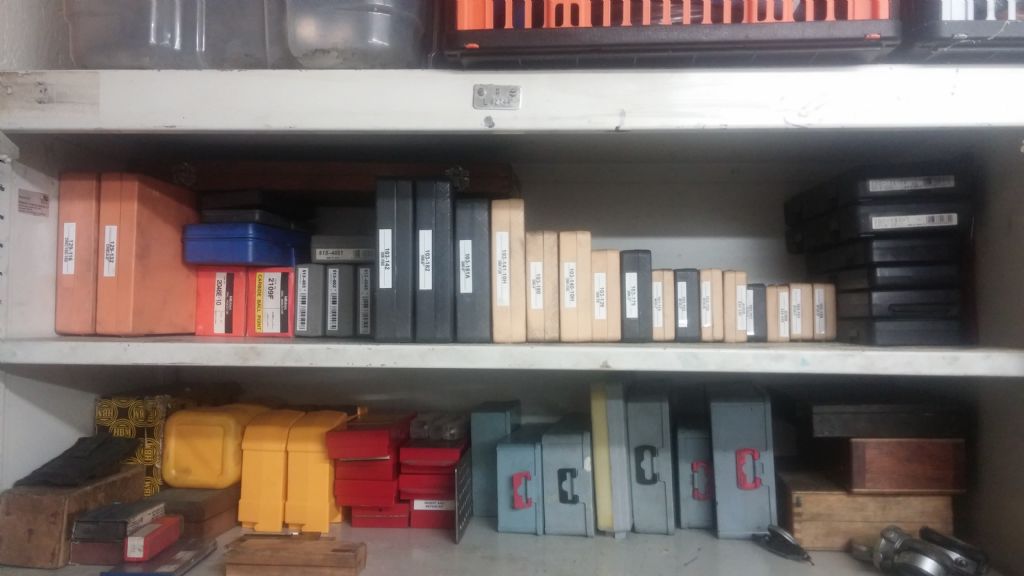Mitutoyo micrometer
Mitutoyo micrometer
- This topic has 23 replies, 10 voices, and was last updated 14 June 2015 at 13:17 by
Nitai Levi.
Viewing 24 posts - 1 through 24 (of 24 total)
Viewing 24 posts - 1 through 24 (of 24 total)
- Please log in to reply to this topic. Registering is free and easy using the links on the menu at the top of this page.
Latest Replies
Viewing 25 topics - 1 through 25 (of 25 total)
-
- Topic
- Voices
- Last Post
Viewing 25 topics - 1 through 25 (of 25 total)
Latest Issue
Newsletter Sign-up
Latest Replies
- Arc’s 25mm indexable end mills…
- Chimney turning
- No more Google
- An Unexpected Message
- Looking for book on basic strengthening and design methods for steel structures
- Bridgeport Series 1, table power feed.
- Milling for beginners book, Where?
- Parting off on a mini lathe
- Swing over bed limitation for flywheels
- Alternatives for a DRO display change





